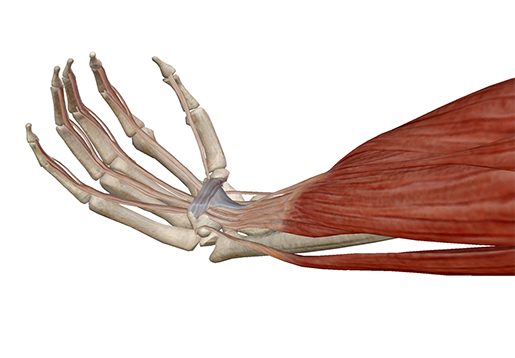Year-End Roundup: The Seven Coolest Medical Stories of 2014
Posted on 12/9/14 by Courtney Smith
It's that time again! Last year, we rounded up seven of the wackiest and/or most amazing stories the medical world had to offer. Let's see if 2014 can top them.
A Paralyzed Man is Able to Walk Again
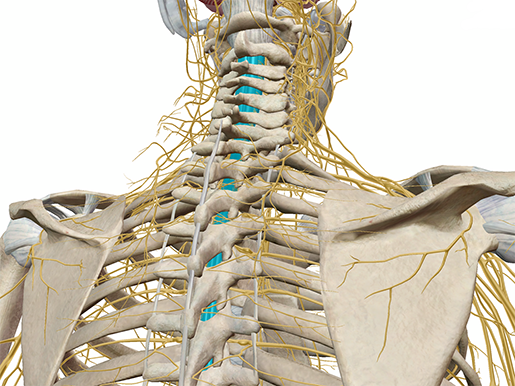 Image captured from Human Anatomy Atlas.
Image captured from Human Anatomy Atlas.
After suffering stab wounds to the back in 2010, Darek Fidyka had been paralyzed from the chest down. Today, he is walking—even driving and living independently!—with the aid of a metal frame and nose cells.
During his attack, the knife severed his spinal cord. Using specialized cells taken from his nose—olfactory ensheathing cells, to be precise—a "bridge" was created over the injury site, and nerve cells could regrow across the scar tissue. Nineteen months of treatment later, Fidyka has recovered some voluntary movement and sensation in his legs.
Horseshoe Crab Blood Could Save Your Life
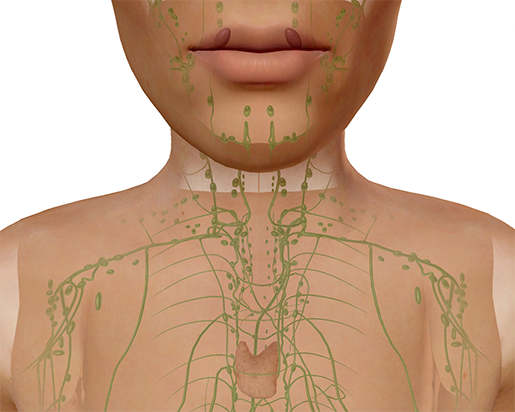 Image captured from Human Anatomy Atlas.
Image captured from Human Anatomy Atlas.
Ever been at the beach, wading in a tide pool or lagoon, and seen one of these guys skittering across the sandy bottom? Where I grew up, horseshoe crabs were in abundance, and my dad used to pick them up so we could see what they looked like underneath. My dad is a steadfast conservationist and he really imparted upon me, my sister, and our friends just how important everything in the ocean is, including the odd-looking horseshoe crab. I don't know if he knew how important they are, though, since they're now rocking the medical world!
Horseshoe crabs are being harvested (but not killed) for their blue blood, which identifies and congeals around toxins and bacteria, trapping threats inside a gel-like seal to prevent them from spreading. Forty-five minutes of exposure to horseshoe crab blood will reveal endotoxins from bacteria that otherwise avoid detection, and is sensitive enough that it can isolate a threat the equivalent size of a grain of sand in a swimming pool. Intravenous drugs and medical equipment, such as needles, must first pass through the crabs' blood before use. Because of this, thousands of us survive all sorts of medical procedures.
Over 600,000 horseshoe crabs are caught each year during mating season and "donate" about 30% of their blood in special facilities in the United States and Asia. However, with population numbers reduced by 75–90% in the last 15 years, and with 10–30% of crab donors dying in the process, finding a balance is of the utmost importance. Biologists are looking for alternatives to lessen the strain on the crabs during the blood-taking procedure and for the horseshoe crab population as a whole.
A Man Loses 4 Fingers, Prints New Ones
Image captured from Human Anatomy Atlas.
Three-dimensional printing is all the rage, and people are printing all sorts of things—cars, casts, and sculptures. People are even 3D printing 3D printers! Last year, we talked about how 3D printing of organs, such as hearts, would revolutionize the medical world in about a decade, and it's still on track to do so. However, one South African man couldn't wait that long and decided to fast-track his way to some new fingers.
In 2011, Richard van As, a carpenter, accidentally cut off four fingers on his right hand when the saw he was using slipped. Instead of mourn the loss (and embrace what was quite possibly the end of his career), he began searching online for alternatives to expensive prosthetics. He stumbled upon the video of mechanical effects artist Ivan Owen, and together the pair developed mechanical fingers for van As.
But they didn't stop there! They went on to form the company Robohand, which provides affordable 3D-printed prosthetic arms and hands to amputees all around the world!
Luke Skywalker may want to give them a call.
Human Intestines Successfully Grown in Mice
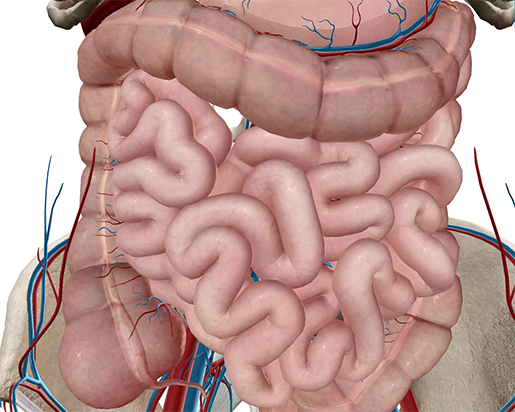 Image captured from Human Anatomy Atlas.
Image captured from Human Anatomy Atlas.
Yes, you read that right. "Why?" you may ask. Well, why not?
For the first time ever, scientists are able to transform human adult cells into working bits of intestine in mice. Small sections of human intestine are transplanted into the mice, and from there the tissue balloons into thumb-sized nuggets that look and function like real human intestine.
"Yeah, but why?" you're probably asking again. Well, let's take a look at how many bowel issues people have every year—Crohn's disease affects around 700,000 people and bowel cancer is diagnosed in 130,000 people (both in the United States alone!). These working bits inside mice could help tailor treatments; scientists could test drugs on the intestine nuggets to see how they respond without subjecting a person to a barrage of tests.
"Dead Hearts" successfully Transplanted
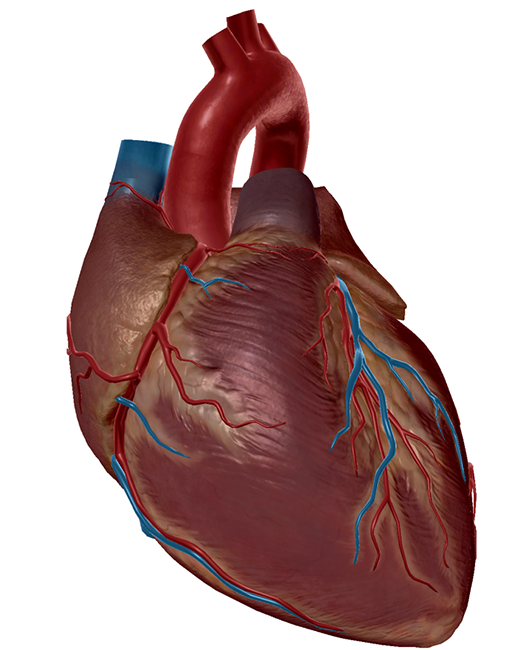 Image captured from Human Anatomy Atlas.
Image captured from Human Anatomy Atlas.
A surgical team at St. Vincent's Hospital Heart and Lung Transplant Unit in Sydney, Australia, has successfully performed three transplants with donor hearts that had stopped beating for 20 minutes. Two of the patients who received the hearts are doing well, and one remains in intensive care.
Donor hearts were submerged in a ground-breaking preservative solution developed by the hospital and the Victor Chang Cardiac Research Institute. They were then connected to a circuit that kept them beating and warm.
The St. Vincent’s team hopes this procedure will greatly boost the supply of donor organs.
Schizophrenia is 8 Distinct Disorders
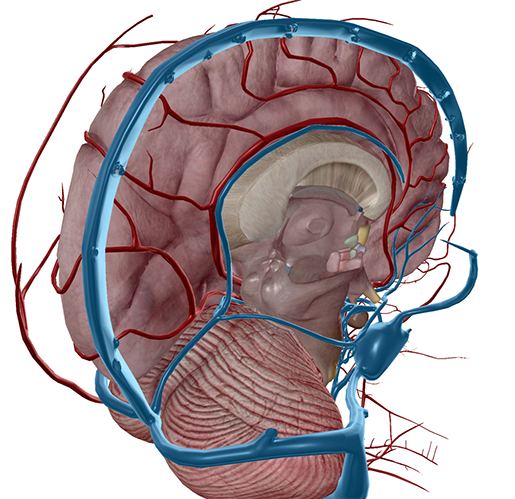 Image captured from Human Anatomy Atlas.
Image captured from Human Anatomy Atlas.
Of the many mental disorders afflicting people today, schizophrenia is viewed as one of the worst. Just over 1% of the American population has been diagnosed with the disorder, which causes symptoms that can include paranoia, delusions, auditory hallucinations, and impaired behavior. It's always been diagnosed as one disorder.
However, a new study led by C. Robert Cloninger of Washington University School of Medicine in St. Louis reveals schizophrenia isn't just one disorder, but eight with genetically different causes. This could completely change how schizophrenia is diagnosed and treated.
An Ebola Vaccine Begins Human Trials
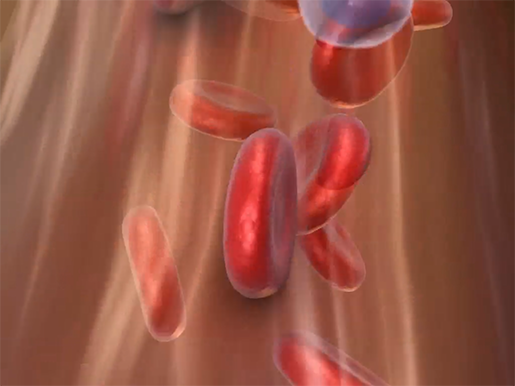 Image captured from Physiology Animations.
Image captured from Physiology Animations.
Ebola has always been a pressing issue, but its recent introduction to America thrust it into an even brighter spotlight. The World Health Organization reports that around 12,000 people in West Africa (mostly Liberia) have died from the illness, and there could be 10,000 new cases per week if the threat isn't stopped.
Finding a way to prevent new cases is the most important thing, and a new vaccine could be the thing that finally does this. Produced by Glaxo Smith Kline, the ebola vaccine passed primate trials and was being tested in the first round of human trials in October. The vaccine was tested on 40 healthy volunteers in Mali, including nurse Ruth Atkins, who got the first dose. In addition to those 40, 20 are being tested at the National Institute of Health in the United States, and 60 more in the United Kingdom.
Another vaccine is in the trial stages at the Walter Reed Army Institute of Research, licensed to Newlink Genetics.
And that brings 2014 to a close.
Here's to 2015 and the new and interesting stories it will bring!
Be sure to subscribe to the Visible Body Blog for more anatomy awesomeness!
Are you an instructor? We have award-winning 3D products and resources for your anatomy and physiology course! Learn more here.



